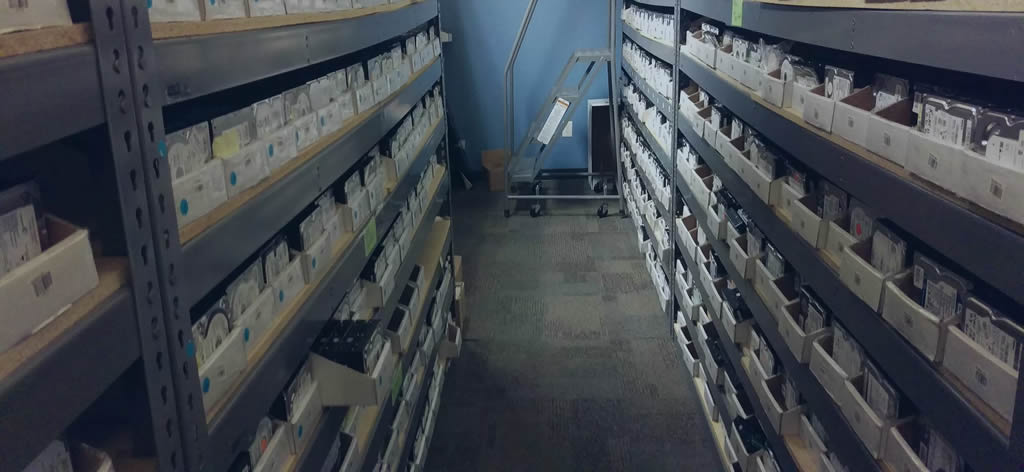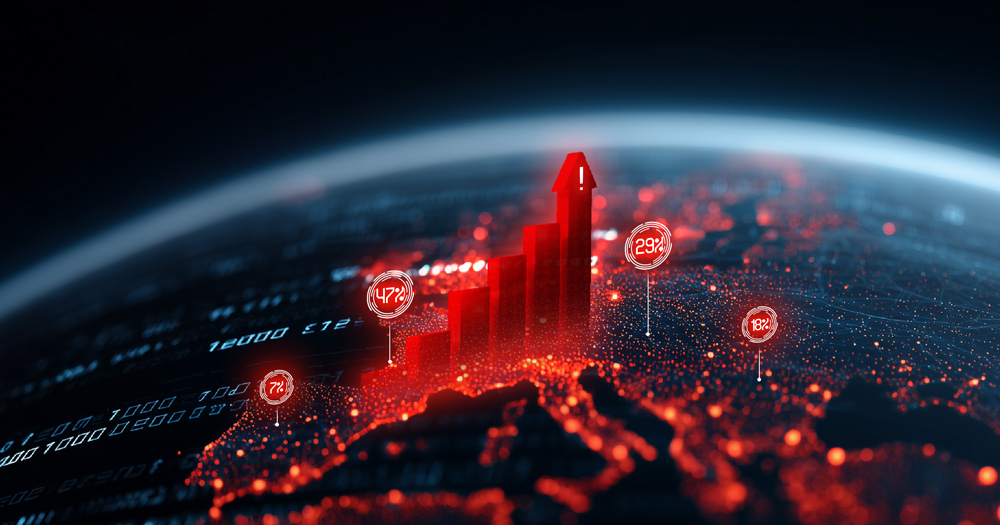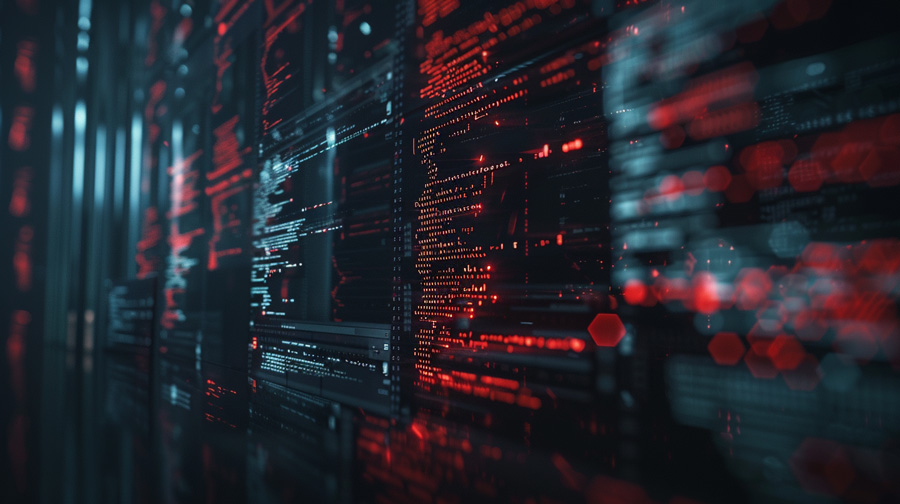The internet we use every day (social media, news sites, e-shops, etc.) is just the tip of the iceberg. This visible and easily accessible part is called the surface web.
Just like an iceberg, most of the internet lies “below the surface.” This includes the deep web, which provides for protected content, and even deeper, the dark web, the most isolated and anonymous part of the internet.
But what exactly is the dark web? How does one access this hidden part of the internet, and what kind of content can one find there?
What is the Dark Web?
The dark web is a part of the internet that doesn’t appear in regular searches and requires specialized software, a VPN, and an understanding of the associated risks. Unlike the surface web, it doesn’t work with a browser like Chrome or Safari, nor can it be found simply through Google.
It operates within encrypted networks, with the primary goal of anonymity, and for this reason, it has become a hub for dangerous activities.
Surface Web vs Deep Web vs Dark Web

To understand what the dark web is, it is useful to clarify its difference from the other two basic “layers” of the internet:
Surface Web
It is the visible part of the internet, which is what you see when using browsers like Chrome or Firefox. It includes websites, blogs, social media, and all content that is accessible with a simple search, without the use of special tools.
Deep Web
It’s the part of the internet that doesn’t show up on Google (or other search engines) and isn’t accessible to everyone. It includes everything you need to log in, such as your email, bank account, or cloud documents. It’s not illegal; your passwords just protect it and are not publicly accessible.
Dark Web
It’s a smaller, specially protected part of the deep web. To access it, you need access to a special browser. There, anonymity is the rule, and much of the content is intentionally hidden.
Entering the Dark Web… Safely
The dark web is not accessible with a simple browser like Chrome or Safari. To access this most “hidden” part of the internet, you need to use the Tor browser and follow specific steps.
Step 1: Download the “Tor Browser” browser
Tor Browser is the primary tool for accessing the dark web. Originally developed to protect communications, it is now widely used for anonymous web browsing.
To install it safely, you should only visit the official website. Downloading from any other source may pose serious risks, including the installation of malware or tracking software.
What makes Tor stand out is the way it manages your connection: it routes traffic through a global network of volunteer nodes, encrypting every step of the way. This makes it very difficult to identify you and provides a strong level of anonymity.
Step 2: Use a VPN for Extra Security
While Tor offers great anonymity, it doesn’t completely cover all risks. Using a reliable VPN before opening the Tor Browser significantly enhances your security and reduces the chances of being detected.
A VPN hides your IP address and encrypts all your internet traffic, making it more difficult for third parties to monitor, whether it’s your internet provider, government agencies, or even hackers who “comb” the network for vulnerable connections.
It’s a good idea to start with your VPN turned on before running Tor. This way, your real IP will already be “masked” from the start, adding an extra layer of protection to your online activity. By combining a VPN and Tor, you reduce the risk of exposure and significantly enhance your anonymity.
Step 3: Find .onion Websites
Pages hosted on the dark web are unlike the ones we visit on the regular internet. They don’t appear in Google or other traditional search engines and have addresses that end in .onion. These addresses are only accessible through Tor.
To find them, you can use dedicated search engines like DuckDuckGo, which also works through Tor and returns more reliable results. Alternatively, there are directories like The Hidden Wiki, which aggregate .onion links by category.
However, you should be extra careful. Many of these addresses lead to malicious or illegal pages. A simple click on the wrong link can expose you to risks, from scams and phishing to software that can infect your device. That’s why it’s important to carefully examine the address before visiting it and avoid anything that seems suspicious or unclear to you.
Step 4: Maintain your Anonymity
Anonymity isn’t just important on the dark web; it’s essential for your security. Even if you use the right tools, such as Tor and a VPN, your identity can still be exposed if you’re not careful with your actions.
Never log in to personal accounts, such as email, social media, or any other service related to your real identity. The same goes for usernames you use. Avoid any combination that includes your name or other identifying information.
It’s also a good idea to avoid downloading files from sources you don’t fully trust. Even if something seems beneficial or harmless, it may contain malware that puts your device or data at risk.
What’s Going On Down There?
The “dark web” is a place full of contradictions. On the one hand, it offers anonymity and freedom of expression; on the other hand, it hosts content that can be illegal, dangerous, or even deeply disturbing. Navigating this world requires caution and awareness.
Legal Risks
Accessing the dark web itself is not illegal. However, the problem arises when you are unsure of what is allowed and what is not. It is very easy to end up on a website with illegal content or download something that can legally implicate the user, even if it is done unintentionally.
A simple, unsuspecting user can click out of curiosity and expose themselves to legal action without even realizing it. That’s why it’s so important to know where you’re going, what you’re seeing, and what actions you’re taking. Authorities actively monitor the dark web, and there have been cases where people have gotten into trouble with the law without even realizing the seriousness of what they’ve just been exposed to.
Malware and Cyber Threats
The dark web is filled with malware, including viruses, Trojans, and ransomware. Users can be exposed to risks simply by visiting a website or downloading a file. In addition, some marketplaces sell hacking tools and exploits for software vulnerabilities, making the space particularly dangerous for unsuspecting users.
Fraud and Deception
Scams are common on the dark web. Platforms that promise services or products often turn out to be fake, deceiving users. Phishing attacks, where users are tricked into giving out personal information, are also widespread. The lack of regulatory mechanisms makes it difficult to protect against such scams.
Shocking and Illegal Content
Perhaps the most disturbing aspect of the dark web is the shocking content that can be found. Some websites host child abuse material, torture videos, and other atrocities. Some of these platforms utilize technologies such as artificial intelligence to create new illicit material, making it even more challenging to detect and remove. Exposure to such content can have severe psychological effects and lead to legal consequences for the user.
Conclusion
The “dark web” is a hidden part of the internet that has its pros and cons. On the one hand, it is a place that allows for anonymity and privacy; on the other hand, it hosts illegal activities and digital threats that should not be underestimated.
If you choose to explore it, make sure to do so responsibly and carefully. Use the appropriate tools, be aware of the risks involved, and never exceed the legal limits.
And if you find yourself in a difficult situation, suspect your data has been exposed, or need guidance on how to protect yourself, our team is here to help.




















